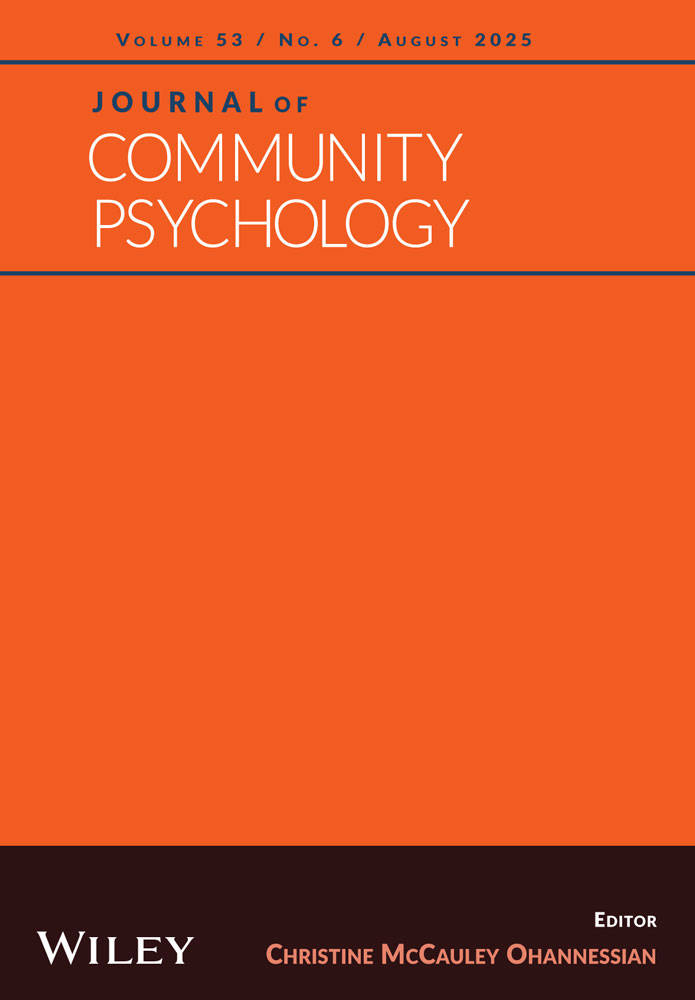Sense of community through Brunswik's lens: A first look
Abstract
Although sense of community was heralded by Sarason (1974) as the “overarching value” of community psychology, no theory or definition of the phenomenon has been operationalized or empirically tested. The difficulty in the scientific exploration of sense of community is in the value-laden and phenomenological nature of the experience. Following McMillan and Chavis (this issue), it is theorized that sense of community is represented by four elements: membership, influence, integration and fulfillment of needs, and shared emotional connection. Brunswik's lens model offers an appropriate method for determining the shared domain of the experience within a diverse population. The goal of this study was to develop a Sense of Community Index (SCI) that would allow the determination of the relative influence of various factors on the judgment of sense of community. Twenty-one judges, representing four professional groupings selected from three urban centers, where employed in the rating of 100 sense of community profiles of randomly selected individuals. There was a high degree of consensus among the diverse groups of judges, and a regression equation with 23 predictors derived from the sense of community profile accounted for 96% of the variance of mean judges, ratings of overall sense of community. The results were interpreted as supporting the theory of McMillan and Chavis, which appears suitable both for scientific investigation and as a framework for intervention. The relationships of specific profile items (e.g., neighboring behavior, length of residence, home ownership, involvement in voluntary associations) are related to the four elements and to the prediction of overall sense of community.




